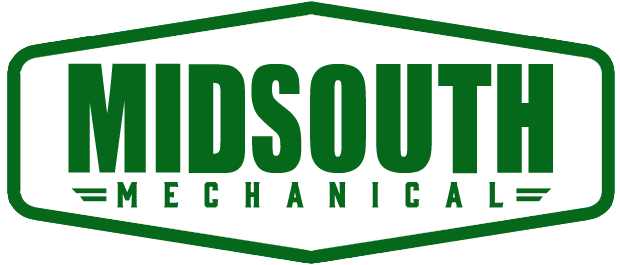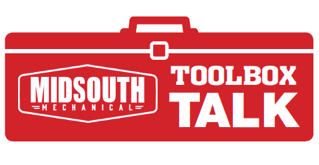Wet concrete that is thoroughly and quickly washed off the skin will cause little irritation. But continuous contact between skin and wet concrete allows alkaline compounds to burn the skin. These exposures can lead to irritant or even contact dermatitis conditions such as stinging pain, itching, blisters, scabs, dead skin, and swelling.
Here is an Example
A construction worker had been laboring on a project for approximately a month. His responsibilities included mixing the wet concrete. His supervisor never supplied him with gloves and boots, and he never requested any safety equipment. By the end of the month, he had several burn marks on his hands. After going to the doctor, he discovered that his injuries were so bad that he could not work for a few months until his wounds properly healed.
- What could the construction worker have done to avoid the injury caused by contact with wet concrete?
- Do you work with wet concrete? What do you do to protect yourself?
Preventing Injuries from Wet Concrete
Personal Protection
To protect skin from cement and cement mixtures, workers should wear:
- Coveralls with long sleeves and full-length trousers
- Waterproof boots high enough to prevent concrete from flowing in when standing in fresh concrete
- Alkali resistant gloves
- Safety glasses
Pull sleeves down over gloves and tuck pants inside boots; use duct tape at the top of boots to keep mortar and concrete out.
Work Practices
- Use ready-mixed concrete instead of mixing on site when possible
- Use a dry board or waterproof kneepads to protect knee fabric from becoming soaked when kneeling on fresh concrete
- Remove jewelry such as rings and watches because wet cement can collect under them
Midsouth Mechanical has been doing business for almost 30 years. We offer our industrial clients efficient and cost-effective fabrication, modification, and repair of industrial equipment. From preventive plant maintenance, designing, installing and aligning machines, our exceptional skill and craftsmanship set us apart from the competition. Our number one priority day to day is safety. To see our published weekly Toolbox Talks, follow us on LinkedIn, Twitter, or Facebook.


